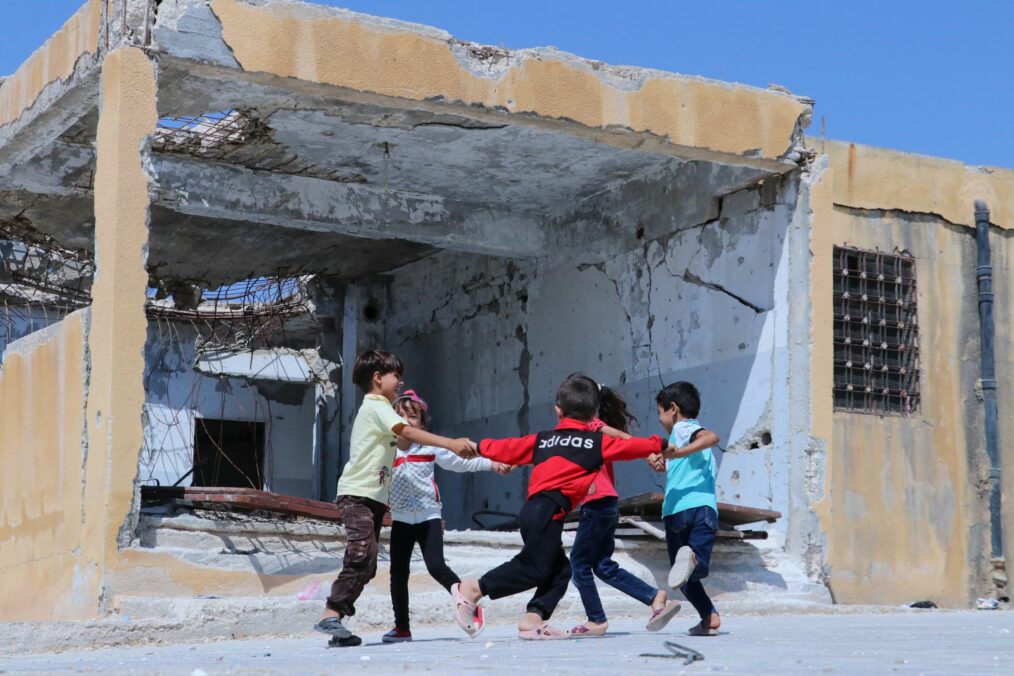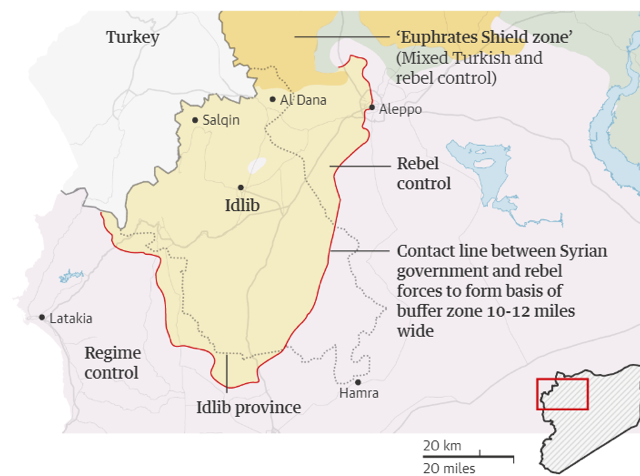Education is a key pillar of development and an efficient investment in human capital of a state. As a result of ongoing civil wars in different hotspots, education systems have suffered a great deal. Schools in Syria are targeted by state forces or armed non-state actors alike. Now in its tenth year, the Syrian conflict has resulted in the death of approximately 22,075 children.
In stable countries, schools act as a safe space where children are educated and socialized. However, there is an alternate reality in Syria since schools and universities are constantly hit during air strikes. A large number of students and education personnel have also been killed while going to school or on their way back.
Some of the attacks against educational facilities may have been accidental, but most of them are deliberate attacks by the aforementioned groups: government forces, armed opposition groups or terrorist organizations. They intend to use them as detention centers, military operational bases, or sniper postings.
As a result, schools and universities have become military targets, leaving both students and teaching staff susceptible. Thousands of deaths have been reported under such circumstances. Many students stopped attending classes just as teachers refused to work for fear of being killed. This a clear violation of children’s rights to education.
In addition, public education systems have been affected in other ways. Attacks on schools are aimed at recruiting children as soldiers. Child soldiers in Syria are manipulated into active involvement in conflict where they are used as human shields, suicide bombers, or foot soldiers. This is a common trend as children are generally easier to recruit since they can be convinced or coerced to join.
Furthermore, there is another type of attack on education, conducted largely by terrorist groups, such as ISIL, who seek to control educational facilities in order to implement curriculum according to their extreme values and beliefs. In such cases, children are essentially indoctrinated into joining an armed group and fight for its cause. And while boys are brainwashed to take part in violent activities in the name of ISIL, adolescent girls are often sexually abused or used as brides.
Damage inflicted on the Syrian education system is severe and it is of utmost importance to resolve this problem. The conflict itself continues to have a dramatic impact on the Syrian population, especially on children, who show severe forms of stress and trauma. Both the physical and mental development of children have already been and will continue to be affected for a long time.
Consequently, deradicalization and social integration of children is a challenging task, especially when the education system is falling apart. In addition to programs aimed to provide psycho-social counseling focused on children, properly designed and targeted education and training projects can be effective in helping children to overcome the traumas experienced and hope for a better future.
– Vasileia Kioutsouki






